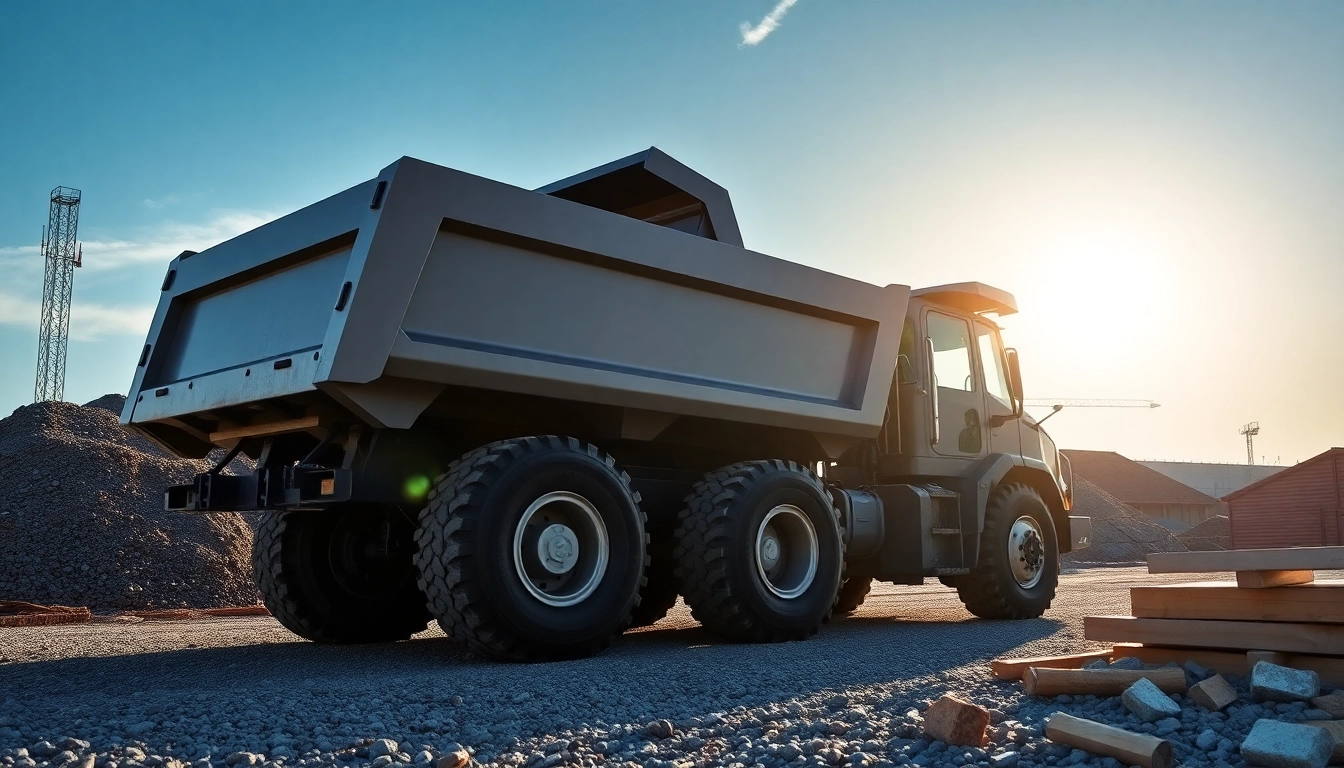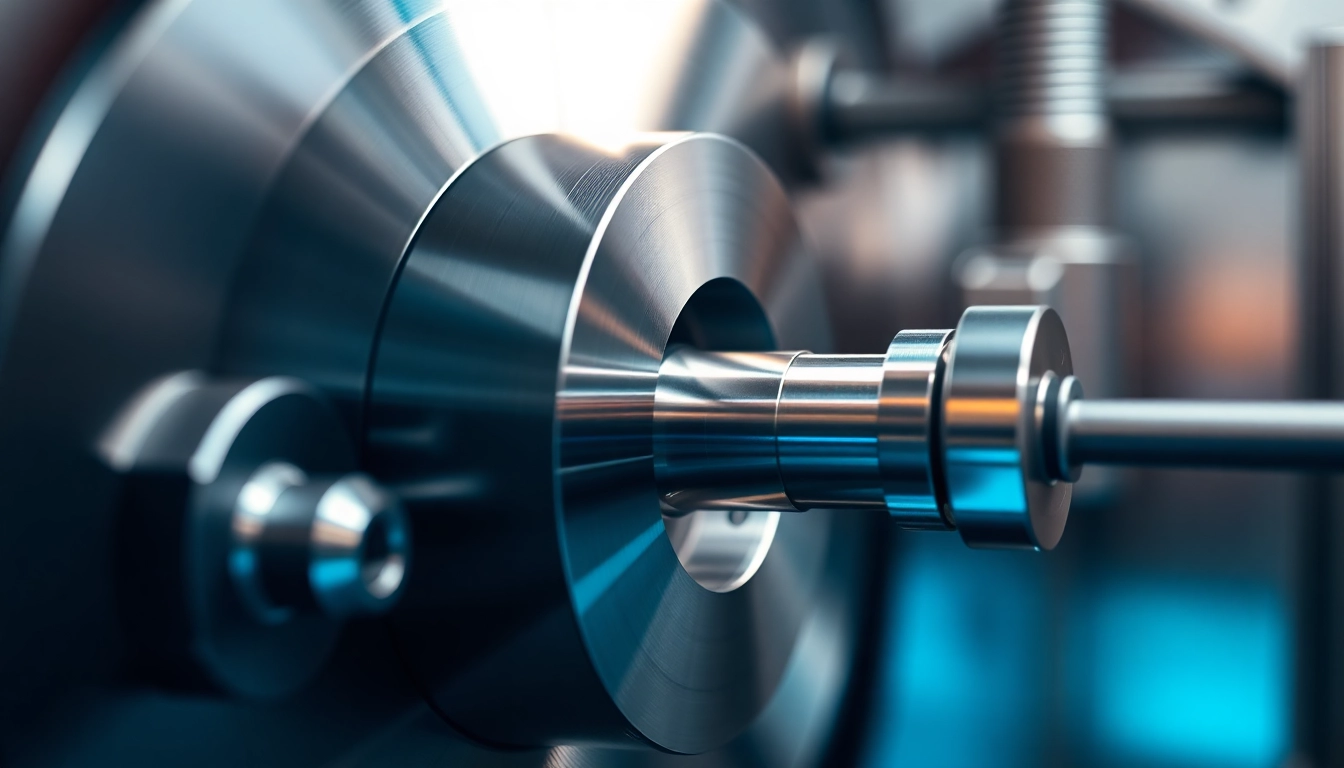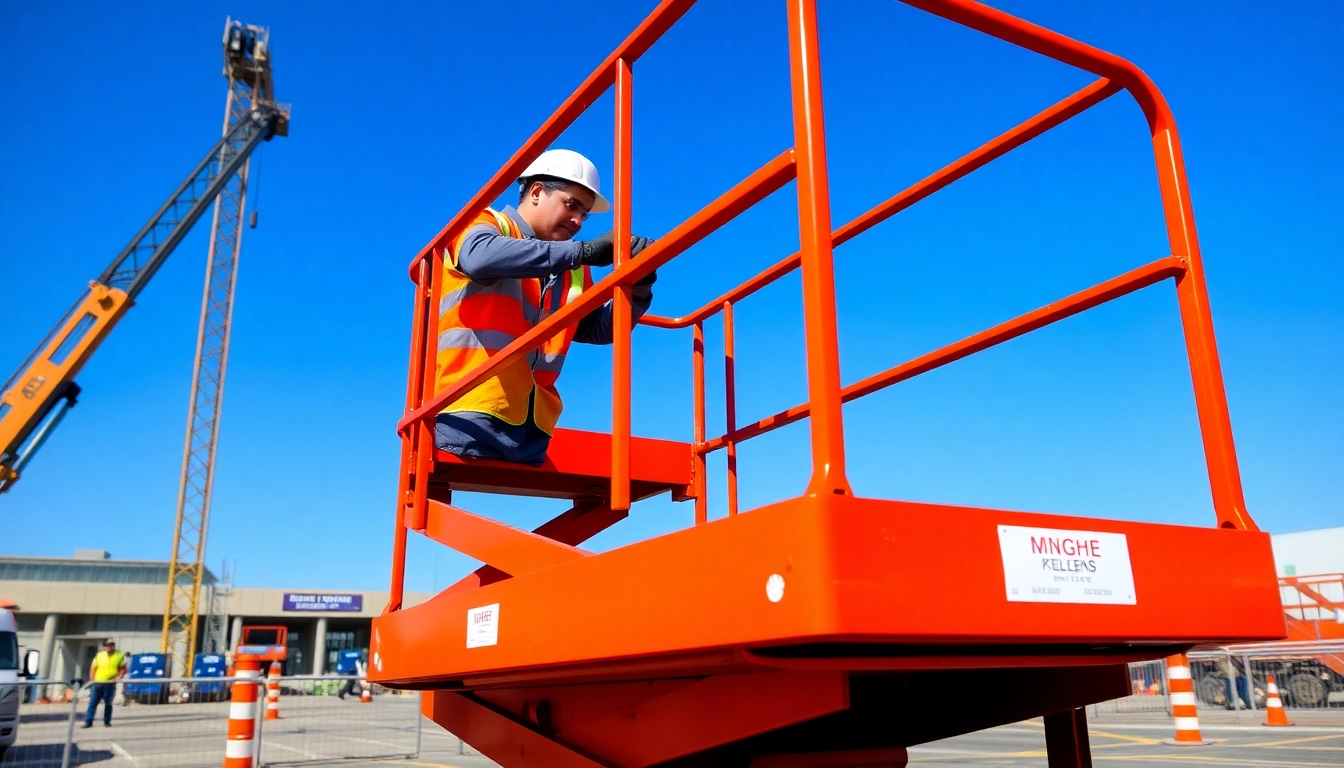Understanding Dumper Rental Options and Benefits
In the realm of construction, landscaping, and heavy-duty material handling, the importance of efficient earthmoving equipment cannot be overstated. Among the most versatile and essential tools in this category are dumpers—robust, maneuverable vehicles designed to transport bulk materials swiftly and effectively across varied terrains. For project managers, contractors, and land developers seeking cost-effective and adaptable solutions, Dumper rental offers a practical alternative to purchasing equipment outright. This article explores the myriad aspects of dumper rental, including the different types available, benefits, key features to consider, selection criteria, and best practices for safe and efficient operation, all backed by data-driven insights and industry examples.
Types of Dumpers Available for Rent
The variety of dumpers accessible for rental reflects the diversity of project requirements, ground conditions, and operational constraints. Understanding these types helps clients make informed decisions that align with their specific needs.
Mini Dumpers
Mini dumpers, typically ranging from 0.25 to 1 ton capacity, are compact machines designed for maneuvering through tight spaces and confined areas. For example, the Mini Dumper Hire | Brandon Hire Station showcases a versatile array of these smaller machines used widely across construction sites requiring precision and access to limited spaces. They excel in landscaping, renovation projects, and narrow alleyways, where larger equipment cannot operate efficiently.
Micro Dumpers
Even smaller than mini dumpers, micro dumpers are designed to fit through standard doorways or narrow gates—ideal for interior work or inner-city developments. Cyril Johnston Hire’s Micro dumper exemplifies this category, capable of traversing uneven or wet terrain while maintaining maneuverability, thus reducing project timelines and labor costs.
Standard and Large Dumpers
For high-capacity needs, larger dumpers, ranging from 1 to 10 tons, are available. These include models like the 1 Ton Hi Tip Dumper from Miles Hire and various articulated dumpers used in mining, quarrying, and large construction projects. Speedy Hire’s selection of dumpers includes front-tipping and swivel-skipping models, optimized for heavy-duty applications.
Tracked and Articulated Dumpers
Specialized tracked dumpers excel on rough terrains, slopes, or soft ground, providing stability and traction where wheeled models may struggle. Articulated dumpers are designed for high mobility across challenging landscapes, making them favorites in mine sites and large-scale earthworks.
Advantages of Choosing Dumper Rental Services
Opting for dumper rental offers several strategic advantages, making it an attractive option for various industry players:
- Cost Efficiency: Renting eliminates capital expenditure, maintenance costs, and depreciation, enabling better cash flow management.
- Access to Latest Technology: Rental providers regularly update their fleet with the newest models featuring advanced safety features, fuel efficiency, and improved operational capabilities.
- Flexibility and Scalability: Short-term rentals align with fluctuating project demands, allowing teams to scale equipment up or down without long-term commitments.
- Reduced Downtime and Risks: Rental companies typically include maintenance and support, minimizing downtime caused by mechanical issues or wear and tear.
- Enhanced Safety and Compliance: Rental providers ensure equipment meets stringent safety standards and provide operator training resources.
Industry data indicates that rental equipment constitutes approximately 70% of earthmoving assets on large construction projects in the UK, underscoring its significant role in operational efficiency and cost management.
Key Features to Consider When Renting a Dumper
To maximize the benefits of dumper rental, it is crucial to evaluate key features that influence performance, safety, and suitability:
Load Capacity and Size
Understanding your project’s material transport volume is essential. Consider the maximum load capacity needed—overloading can cause equipment strain, while underloading reduces efficiency. For instance, micro dumpers typically handle up to 300kg, suitable for interior or delicate tasks, whereas larger models can carry several tons.
Power Source and Fuel Efficiency
Electric or petrol-powered dumpers offer different advantages. Electric models are quieter and environmentally friendly, suitable for indoor use or noise-sensitive environments. Petrol and diesel models provide higher power output for demanding tasks but may incur higher fuel costs and emissions.
Terrain Compatibility and Ground Conditions
Ground resilience influences dumper choice. Tracked dumpers are ideal for soft, uneven, or muddy terrain, whereas wheeled dumpers perform better on hard surfaces. Consider slopes, obstacles, and ground stability when selecting a machine.
Safety and Operator Comfort Features
Modern dumpers incorporate safety features such as rollover protection systems (ROPS), ergonomic controls, and visibility enhancements, which reduce operator fatigue and risk of accidents.
Rental Terms and Support
Clear rental agreements, including maintenance, breakdown support, and training, ensure smooth operations. Regular support from the rental provider minimizes project delays.
How to Select the Right Dumper for Your Job
Choosing the correct dumper involves systematic assessment of project-specific needs, terrain, and operational parameters.
Assessing Load Capacity and Size Requirements
Begin by estimating total material movement over the course of the project. For example, if you need to transport 10,000 tonnes of aggregate, selecting a dumper with higher capacity reduces the number of trips, improving efficiency. Use volumetric calculations and operational simulations to inform this decision.
Ground Conditions and Terrain Considerations
Evaluate site conditions thoroughly through soil testing and terrain analysis. Tracked dumpers excel in muddy or loose soils, while smooth, hard surfaces may warrant wheeled models. Consider slope angles, obstacle clearance, and space constraints to optimize equipment choice.
Matching Dumper Types to Project Specifications
Align dumper features with specific project phases. Micro dumpers are perfect for interior finishing, while larger dumpers serve bulk earthworks. For hillside or rugged terrain, articulated models provide enhanced stability and maneuverability.
Operational Considerations
Factor in operator skill levels and training availability. Advanced models with features like automatic tipping and telematics may require skilled operators but increase productivity.
Step-by-Step Guide to Renting a Dumper
Finding Local Dumper Rental Providers Near You
Start by researching reputable rental companies with a strong presence in your area. Use industry directories, reviews, and references from similar projects. Key providers like Brandon Hire Station, Speedy Hire, and Chippindale Plant offer extensive fleets and support services across the UK.
Rental Pricing, Duration, and Additional Charges
Rental costs vary based on dumper size, rental period, and additional services such as delivery, operator, or maintenance. Daily rates can range from £75 to over £200, with discounts available for longer-term hires. Always clarify potential extra charges for fuel, damage, or late returns.
Booking Process and Tips for a Smooth Rental Experience
Booking typically involves an online or phone request, site inspection, and agreement signing. To streamline the process:
- Prepare detailed project specifications and site conditions.
- Confirm equipment availability and delivery schedules.
- Ensure clear understanding of rental terms, maintenance responsibilities, and operator requirements.
Best Practices for Safe and Efficient Dumper Use
Proper Operator Training and Safety Protocols
Qualified operators should undergo comprehensive training covering controls, safety features, and emergency procedures. Adherence to PPE (Personal Protective Equipment) requirements and site safety standards minimizes accidents. Regular refreshers reinforce best practices.
Routine Maintenance and Pre-Operation Checks
Daily inspection of tyres, brakes, hydraulics, and safety systems prevents breakdowns. Confirm fuel levels, fluid leaks, and operational controls before use. Rental providers often include maintenance packages, but daily checks remain the operator’s responsibility.
Maximizing Productivity and Minimizing Downtime
Plan logistics to optimize dumper routes, avoid idle time, and coordinate with other site operations. Use telematics and monitoring tools if available to track machine usage and maintenance status. Effective communication and planning lead to smoother workflows and return on investment.
Performance Metrics and Cost-Effectiveness of Dumper Rentals
Measuring Project Efficiency Improvements
Track key indicators such as material moved per hour, turnaround times, and fuel consumption. Comparing these metrics against baseline (manual or alternative methods) quantifies gains in productivity and cost savings.
Cost Comparison: Renting vs. Buying Equipment
Although purchase might seem cost-effective long-term, it involves significant upfront capital, maintenance costs, and depreciation. Rentals typically cost less for short-term projects, with data indicating that for projects under two years, renting reduces total expenses by an average of 30-50%. This includes savings on storage, upkeep, and upgrades.
Case Studies Demonstrating Rental ROI
Consider a landscaping company undertaking a large commercial project requiring micro dumpers. By renting instead of buying, they saved over £20,000 in equipment costs and reduced project time by 15%, illustrating tangible ROI. Similarly, civil engineering firms report quicker project completion and lower overheads through strategic dumper rentals.


